Activism or anarchy?
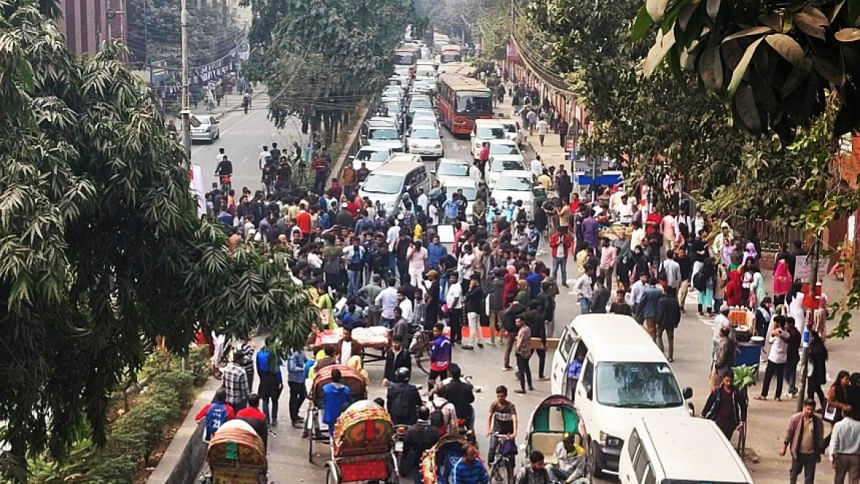
"Another day, another protest," seems to be the new mantra in Dhaka. In this bustling metropolis, each day begins not with the optimism that comes at dawn, but with the brooding trepidation for gridlock like the stubborn smog that hangs in the air. It is as if the city's pulse is measured by the number of protests that can be crammed into the rush hour. With every protest, Dhaka's streets morph into a veritable battlefield, where the combatants are not just the protesters with their demands, but also the weary (and wary) commuters attempting to weave through.
The recent wave of demonstrations has turned the streets into a cacophonous patchwork of grievances, ranging from calls for social change to bewildering demands that leave the public baffled. From students demanding university status to citizens demanding accountability of their leaders, Dhaka's streets have become a stage for every concern imaginable, all while they hold commuters hostage as leverage.
Take the recent protests at Government Titumir College, where students occupied major intersections on Sunday to voice their demands. Thousands of commuters were left stranded, watching the minutes tick away as they grappled with the consequences of another blockade.
In a city already struggling with traffic congestion, these protests only exacerbate the daily frustrations of residents trying to navigate their lives amid the turmoil.
Over the past six months, people have flocked to the streets with a multitude of demands, seemingly believing that the streets are their only avenue for finding solutions to their problems.
It raises a poignant question: how do we balance the right to protest with the everyday needs of the city residents? While it's crucial for people to voice their grievances, the unchecked proliferation of protests is becoming a significant obstacle to daily life.
The cumulative impact of these demonstrations cannot be overlooked. For many, the struggle is not just about delays; it's about missed appointments, lost livelihoods, and the mental toll of navigating a city that becomes increasingly unmanageable. Commuters often find themselves facing hours-long delays, with countless stories of disrupted schedules.
The sense of urgency and frustration is palpable, with residents yearning for solutions that seem elusive.
Despite efforts by the authorities to improve traffic management and enforce regulations, the challenges persist. An increasing number of vehicles, ongoing construction projects, and unregulated street vendors make a perfect recipe for congestion that only seems to worsen.
As Dhaka comes to terms with being one of the world's slowest, and most polluted for that matter, cities, the need for effective urban planning and designated protest zones has never been more pressing.

 For all latest news, follow The Daily Star's Google News channel.
For all latest news, follow The Daily Star's Google News channel. 

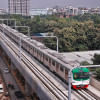

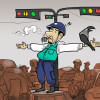
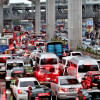
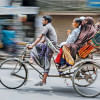


Comments